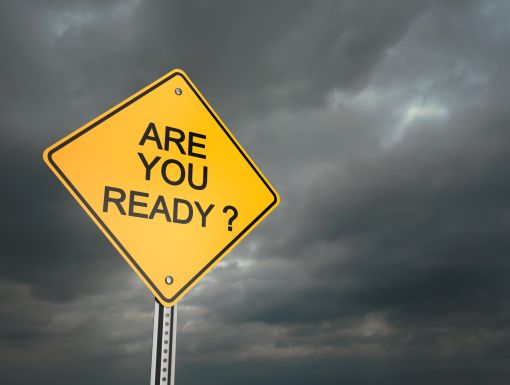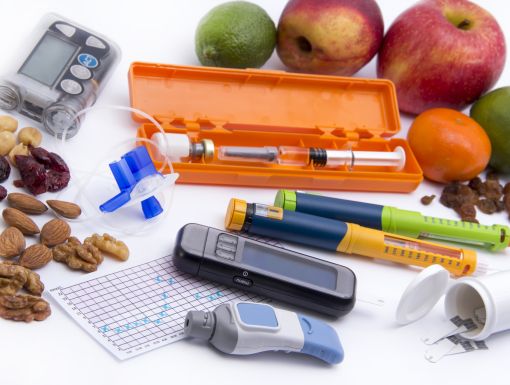
What’s A Normal Blood Sugar Level?
Blood sugar swings can sometimes feel like riding on a roller coaster. High blood sugar levels increase fatigue and frequency of urination, thirst and hunger. Low blood sugar levels contribute to feeling jittery, anxious, sweaty, confused and irritable.
However, practicing balance in a few areas can help manage and stabilize blood sugar levels and keep the body healthy and feeling great!
Eat healthy
- Eat within 2 hours of rising and then every 3-4 hours. Meal replacement shakes or entrees (fresh or frozen) are helpful to replace meals you’d rather skip or have limited time to enjoy. Partner these with a fruit, salad with light dressing or other non-starchy vegetable to feel fuller longer!
- Shakes: less than 5-6 grams sugar, between 15-30 grams protein
- Entrees: less than 50 grams carb, less than 10-12 grams fat, less than 700 milligram sodium
- Select a variety of whole grains (bread, pasta, rice, beans and legumes), as well as fruits and vegetables to increase fiber to 25-35 grams daily.
- Avoid sugar-containing beverages and desserts.
- Have consistent amounts of carbohydrate foods. Click for more meal planning resources.
Stay active
- Move your body 150 minutes per week (30-60 minutes 3-5 days per week).
- Walk, bike, garden, dance, join health club or enjoy a sport like tennis or basketball.
- Keep muscles strong with resistance exercises 2-3 times per week and alternate days.
- Dumbbells, kettle bells, resistance bands or weight machines.
- Work with certified trainers or physical therapists for proper technique.
Self-monitor
- Discuss a self-monitoring plan with your healthcare provider or Certified Diabetes
- Educator and share these logs regularly for support and feedback on changes to your routine. Read more about blood sugar testing and target guidelines.
Take prescribed medications
- Know how diabetic medications affect your blood sugar, the best ways to store medications, and when to take them.
- Develop a medication schedule and set-up an alert reminder system. Learn what to look for when filling your next prescription here.
- Keep prescriptions up to date.
- Develop a plan with your provider for sick days and when traveling. Plan ahead with these 7 easy tips for preparing to travel with diabetes.
Manage stress
- Get 7-8 hours of sleep daily, regular exercise and a plan to have healthy foods available.
- Practice relaxation techniques like breathing, prayer or meditation.
- Join a community support group or talk to someone you trust.
- Read a book, watch a movie, garden or enjoy other hobbies.
The American Diabetes Association gives guidelines on how diabetes is diagnosed and if you are at risk. For additional support, partner more with Ochsner’s Certified Diabetes Educators to develop an individualized plan for optimal control of blood sugar and health!
Discover your diabetes risk with this simple quiz.


